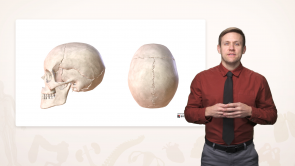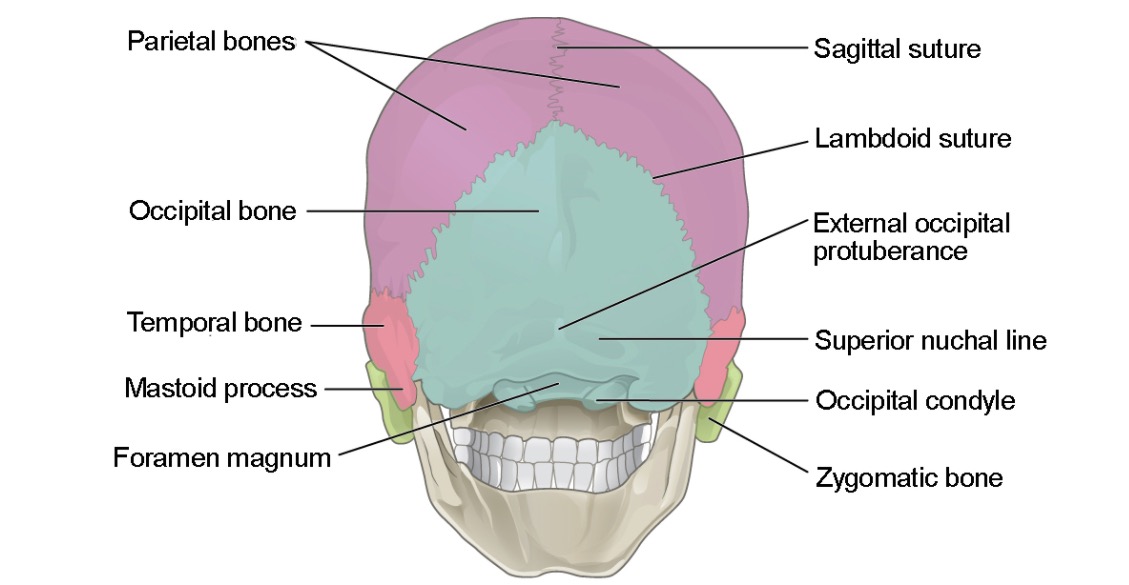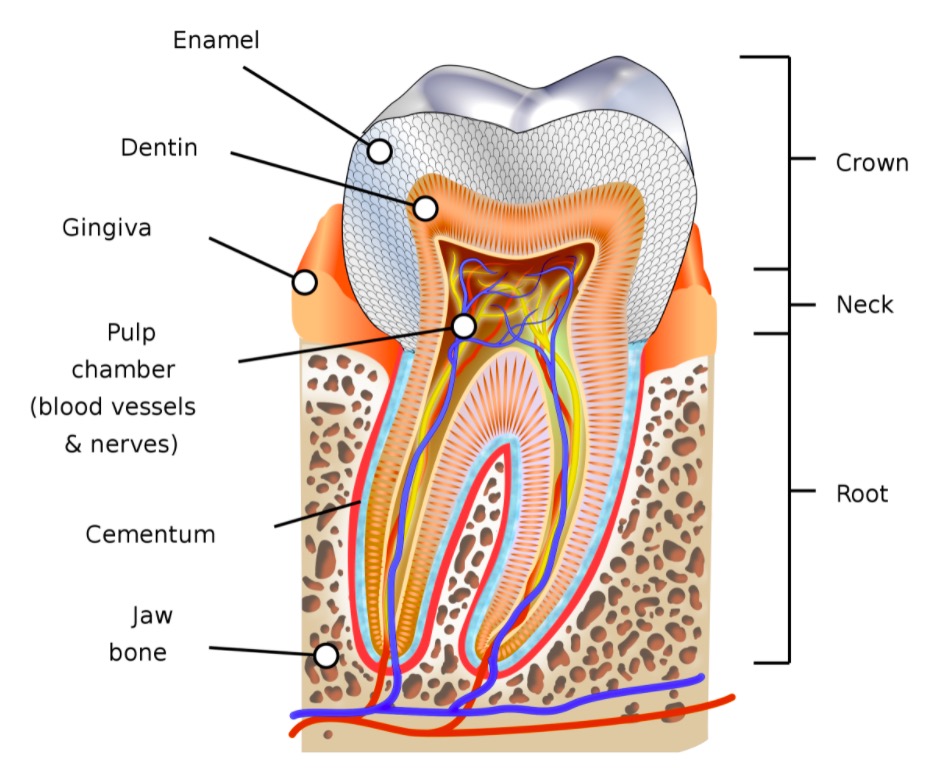

Skull
by Darren Salmi, MD, MSThe anatomy of the skull is a fundamental topic for medical students, providing a comprehensive understanding of the intricate structures that house and protect the brain, as well as the complex facial framework. The skull is divided into two main components: the viscerocranium and the neurocranium. The viscerocranium comprises the facial bones, including the maxilla, mandible, nasal bones, zygomatic bones, and others. The neurocranium, on the other hand, forms the protective cranial vault for the brain. It includes bones such as the frontal, parietal, temporal, and occipital bones, among others. Medical students should learn the anatomical landmarks of these bones, their sutures, and their articulations, as they are crucial for neurosurgical procedures, radiological interpretation, and understanding cranial trauma.
The base of the skull is a complex area that connects the neurocranium to the viscerocranium. It consists of multiple bones, such as the sphenoid, ethmoid, occipital, and temporal bones, which form various foramina and openings. Students should focus on the structures passing through these foramina, including cranial nerves, blood vessels, and important anatomical structures like the pituitary gland and internal carotid arteries. External fossae are depressions on the surface of the skull that provide an understanding of the underlying structures and their relationships. Knowledge of these fossae is vital for interpreting neuroimaging, understanding cranial nerve distribution, and assessing potential intracranial pathology. When it comes to the USMLE, a solid grasp of skull anatomy is crucial for success in both the basic science and clinical science portions of the exam.
The base of the skull is a complex area that connects the neurocranium to the viscerocranium. It consists of multiple bones, such as the sphenoid, ethmoid, occipital, and temporal bones, which form various foramina and openings. Students should focus on the structures passing through these foramina, including cranial nerves, blood vessels, and important anatomical structures like the pituitary gland and internal carotid arteries. External fossae are depressions on the surface of the skull that provide an understanding of the underlying structures and their relationships. Knowledge of these fossae is vital for interpreting neuroimaging, understanding cranial nerve distribution, and assessing potential intracranial pathology. When it comes to the USMLE, a solid grasp of skull anatomy is crucial for success in both the basic science and clinical science portions of the exam.
Course Details
- Videos 14
- Duration 0:51 h
- Quiz questions 33
- Concept Pages 1




